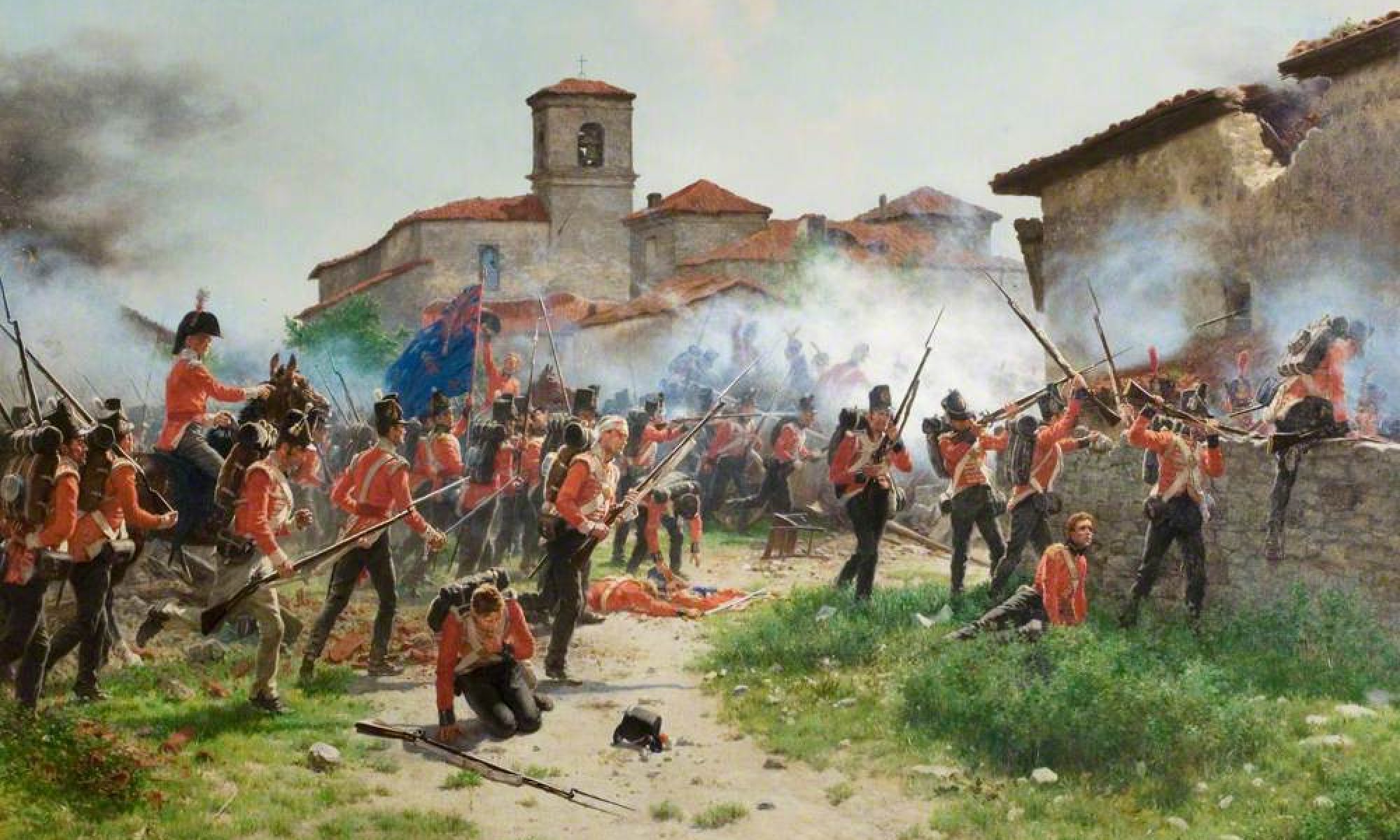
General – Pages : 220 | Images : 25 b/w illustrations, 9 b/w maps, 8 pages colour plates, numerous tables
Paperback – Date of Publication : December 2020 | Size : 248mm x 180mm | ISBN : 9781913336516 | Helion Book Code : HEL1277
One (or perhaps we should say three) of the the most important armies that ever took the field for King Charles between 1642 and 1646 was that which included they famed regiments of Cornish infantry.
Renowned as both disciplined and fierce, the dogged westerners won fame in several important battles, and some go so far as to say that as the Cornish armies under Sir Ralph Hopton declined, so too did Royal fortunes dwindle. Perhaps only the little army commanded by Montrose in the north has as great a reputation as Hopton’s flinty West Country regiments.
Laurence Spring has gone a long way to creating the ultimate reference for the armies of Ralph Hopton, and indeed a very useful book to own about 17th century soldiering in Britain generally. Perhaps geared towards serious students than general readers, the book is not entangled in jargon, presenting a clearly thought out and carefully constructed presentation of the makeup of the western royalist forces.
Speaking as someone with only basic knowledge of how the civil wars in England, Scotland and Ireland were conducted, I found this book extremely enlightening. It is packed with detail drawn from allot of contemporary or near contemporary sources.
Those old stalwarts, the muster rolls and other administrative minutiae are consulted to form a picture of the type of men who served the King in the West Country. Everything from recruitment to weaponry, rates of pay and life on campaign is gone into with the same investigative thoroughness.
The author is not content either to find a convenient bottom line to present the reader for the sake of a neat paragraph, but presents a whole range of anomalies and contributing factors to each section. In the 17th century, exceptions tended to prove the rule, and this is especially obvious when he looks at how the royalist regiments were raised, trained and equipped.
The recruitment and commissioning of men and officers shows us how the struggled insinuated itself at all levels of society, and how seriously (and not so seriously) some gentry and nobility took their service. Readers more seasoned to military history will find it as no surprise that there was a degree of mixing in terms of the rank and file, and for instance, not every Cornish Regiment was made up of Cornishmen.
As noted above, although this is an invaluable insight into the workings of the royalist armies of Cornwall and Devon due to its deep level of research, but it’s also a good general work on ‘soldiering’ in the period, which we come to see somewhat less as a profession as in many cases a group of men who have mastered the use of arms for a fixed period. As such even those who are pursuing a wider impression civil wars, rather than just people specifically studying the western royalist forces, will find its many observations and findings of interest.
Happy Reading!
Josh.


You must be logged in to post a comment.